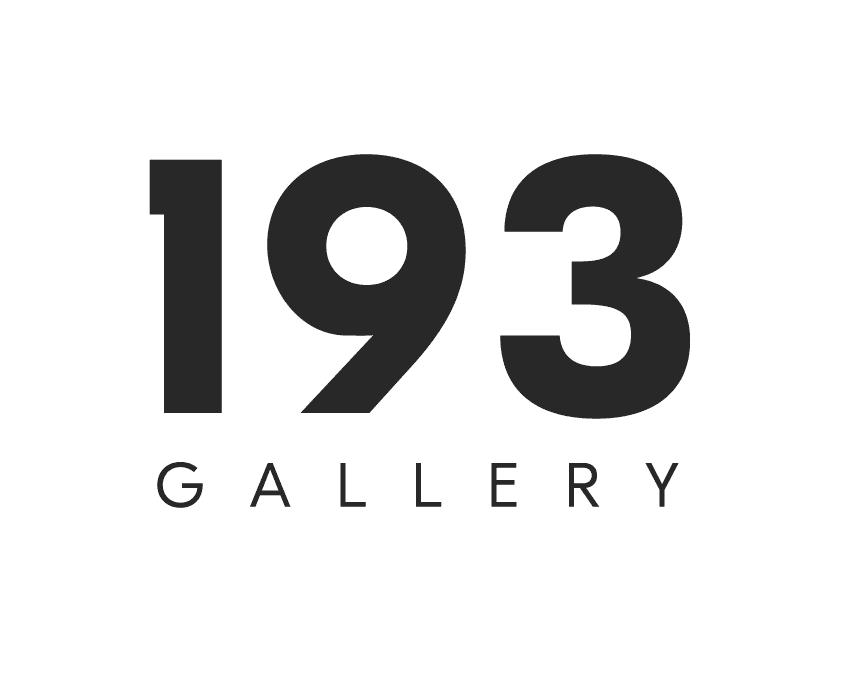
Hassan Hajjaj Morocco, b. 1961
73 x 108 cm
Courtesy of the Artist
Tryptich of 3 sculptures made with cans.
Hassan Hajjaj's work is a form of celebration of the popular visual culture of the souk, a social space, symbol of interaction and exchange. The artist borrows from Moroccan culture, uses pictorial stereotypes such as odalisques or brand images with their cult logos. It is with audacity that he assembles and opposes oriental and western elements, to create a rich and universal universe. The attention Hassan Hajjaj takes in framing his photos is reminiscent of the degree of finishing touches in the repetition of the motifs of Islamic decorative art.
His work evolves between several artistic universes: photography, fashion, music, cinema and design.

